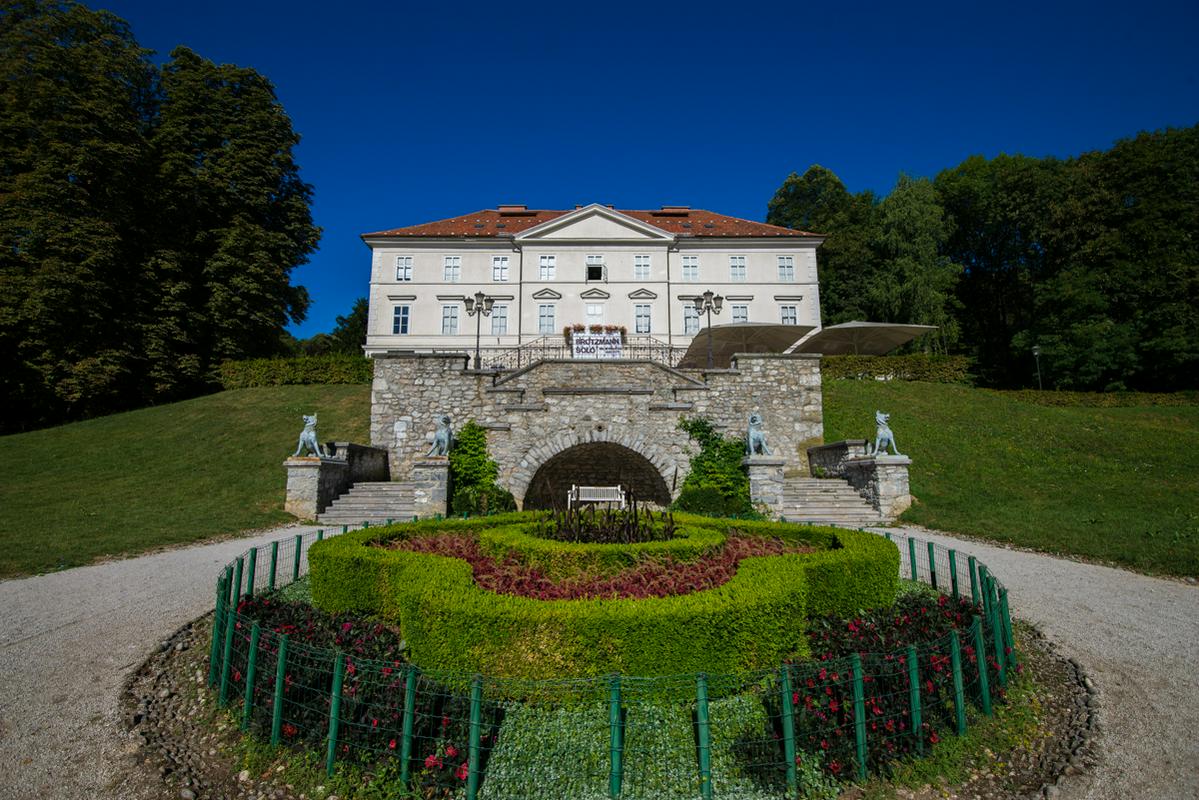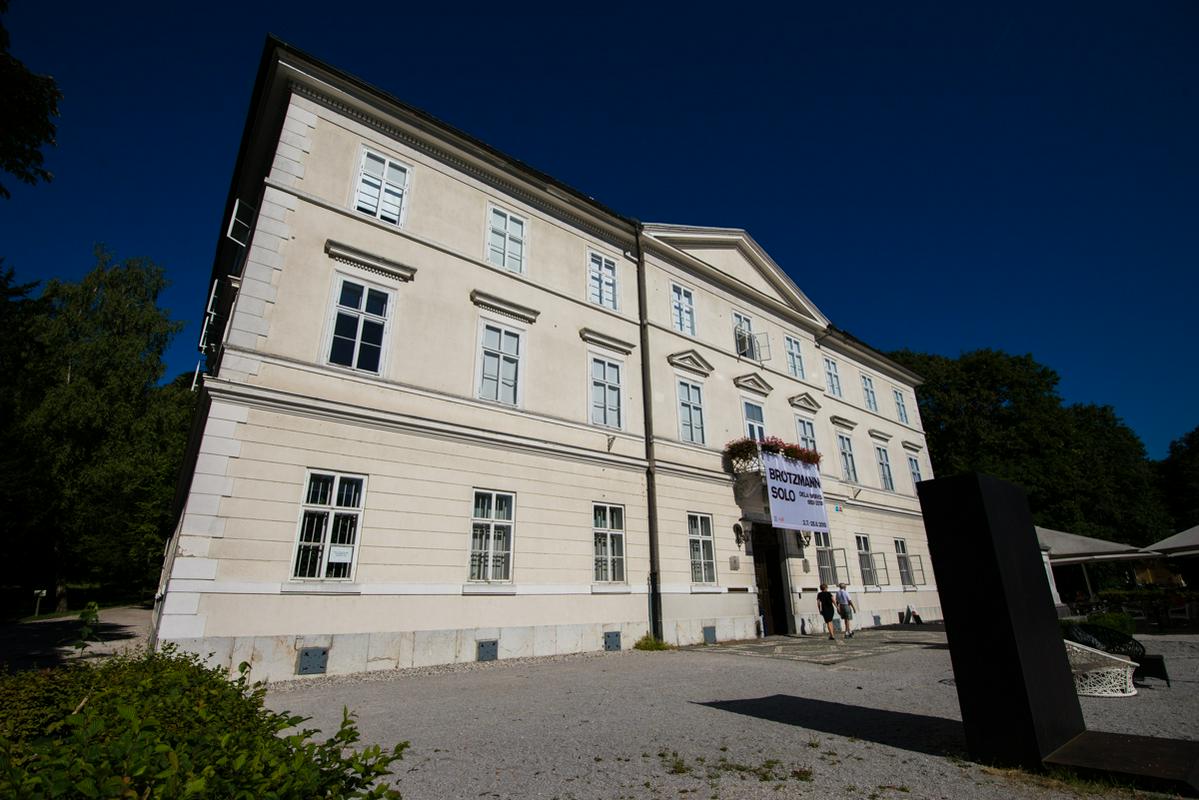

Just a pleasant stroll from the heart of Ljubljana stands the Tivoli Castle. The magnificently ornate mansion overlooks a tree-lined promenade and is one of the most popular sights in Tivoli Park. Just like the city it overlooks, the castle has a long and interesting history.
The present building dates back to the 17th century, when the Jesuits bought an older structure and replaced it with a magnificent new mansion. The castle became known as Unterturm in German, meaning "under the tower," a reference to a tower that once stood nearby but was destroyed in a 15th century war in which two rival dynasties vied for control of Ljubljana.
After a period of being owned by the Catholic Church, the Tivoli Castle was briefly used as a hospital, but in 1853, it was renovated by the Austrian Emperor Franz Joseph and given to Field Marshall Radetzky as a gift. Radetzky was one of the most prominent military figures Austria had ever known and his legacy lives on the famous Radetzky March. When he owned the castle, Radetzky extensively remodeled the surrounding park grounds. He also opened the park to the public, earning gratitude from the people of Ljubljana.
Radetzky spent much of his retirement in the castle, and a few years after his death, the authorities erected a statue in his honor near the entrance to the building. (After World War I, the statue was moved to a museum.)
Another decorative addition to the castle inspired a long-running urban legend: Anton Dominick Ritter von Fernkorn, a leading Austrian sculptor and the author of the famous Ban Jelačić Monument in Zagreb, was asked to create sculptures of dogs as decorations in front of the mansion. After the statues were erected, people began noticing that the dogs lacked tongues, and soon a rumor began to spread that the sculptor had killed himself when he realized that he had forgotten to include the tongues. The rumor was an urban legend, but it can still be heard in Ljubljana to this day.
A few years after Radetzky’s death, the castle was taken over by state, which used it as public housing, first for government officials and then for some of the city’s poorest residents. The building’s status as a refuge for the destitute continued for much of the 20th century, but in 1986, the Tivoli Case became the home for the International Center of Graphic Arts. In addition to housing various workshops, it now draws visitors with regular exhibitions.
The castle is just as popular with nature lovers. Many use it is a starting point for walk along the Jesenko Trail, which runs past the buildings and gives city dwellers a chance to get acquainted with the flora of the nearby Rožnik Hill. For just about every type of visitor, the Tivoli Castle is one of the most recognizable landmarks in Ljubljana’s historic Tivoli Park.

































































